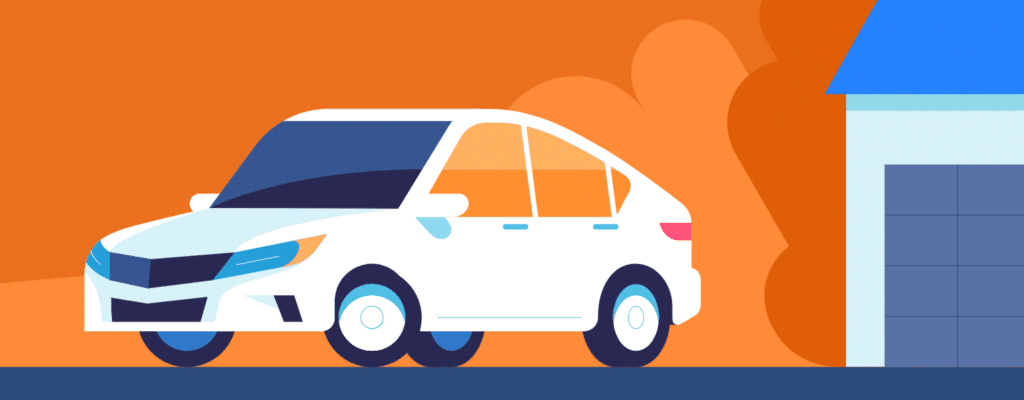Car insurance terms explained

Understanding car insurance language can often seem like deciphering an intricate labyrinth of jargon and phrases. Without comprehending the essentials, you might find yourself lost or, worse, inadequately covered. This post intends to illuminate the path, making you fluent in the lexicon of vehicle indemnity.
This primer will guide you through the labyrinth of car insurance terminology that every driver should know. By the end, you’ll be equipped to navigate the complexities of your policy with a new level of confidence.
Demystifying Car Insurance Terms
At the heart of comprehending car insurance is grasping the basic terms that come up in every policy. Whether you're a new driver or a seasoned motorist, understanding these terms is crucial for understanding your coverage and responsibilities.
Policyholder – This is you, the person who owns the policy. You're the one who enters into an agreement with the insurance company and is responsible for paying the premiums.
Premium – This is the price you pay, typically on a monthly or annual basis, for your car insurance coverage. It's determined by various factors including, but not limited to, your driving history, the type of vehicle you drive, and the coverage options you select.
Deductible - In the event of a claim, this is the amount of money that you agree to pay out-of-pocket before your insurance coverage kicks in. A higher deductible generally means a lower premium, but means more expense for you during a claim.
Coverage Types for Every Driver
It’s essential that policyholders understand the different types of protection available to them. Below are three of the primary coverage types within most car insurance policies:
Liability Insurance – This type of insurance is usually mandatory and covers bodily injury and property damage that you may cause to other people in an accident.
Collision Insurance – Collision insurance helps to cover the repair or replacement of your vehicle if it's damaged in an accident.
Comprehensive Insurance – This coverage goes beyond accidents, covering your vehicle in case of theft, vandalism, natural disasters, and other non-collision events.
Additional Protection Features
Besides the foundational coverage options, there are additional features that you can add to your policy for greater peace of mind:
Uninsured/Underinsured Motorist Protection – This protects you in case you're involved in an accident with someone who does not have sufficient insurance coverage.
Personal Injury Protection (PIP) – PIP covers medical expenses and, in some cases, lost wages and other damages, regardless of who is at fault for the accident.
Roadside Assistance – If you find yourself stranded due to a breakdown or flat tire, this service can be invaluable.
Policy Limitations and Exclusions
Understanding what your insurance policy does not cover is as important as knowing what it covers. Pay close attention to the exclusions section of your policy, as these are situations where your policy won't pay out. Common exclusions may include:
Intentional damage caused by the policyholder, illegal activities such as drag racing, and use of the vehicle for commercial purposes without proper coverage are all typical policy exclusions.
Decoding Insurance Declarations and Agreements
Your insurance declaration page is the summary of your policy, outlining your coverage, deductible, discounts, and policy period. Ensure you comprehend everything listed, as these form the agreement between you and the insurer.
When in doubt, talk to your insurance representative. They can provide clarity on any specifics of your contract that may be confusing or unclear.
How Discounts Impact Your Premium
Most companies offer a range of discounts that can reduce your premium. Common discounts include:
Safe driver discounts, multiple policy discounts (such as bundling home and car insurance), and discounts for having anti-theft devices installed in your vehicle. Make sure to ask about all available discounts to ensure you’re getting the best rate.
Navigating the Claims Process
If the time comes to make a claim, it's important to know the steps involved:
Notifying your insurer immediately following an incident, providing complete and accurate information about the event, and submitting any necessary documentation promptly will all help to ensure a smoother claims process.
Car Insurance Terms: A Quick Reference Guide
To help keep these terms top of mind, here’s a quick reference guide:
Policyholder, Premium, Deductible, Liability, Collision, Comprehensive, Uninsured Motorist, PIP, and Exclusions. Bookmark this page or print it out for quick access.
With this understanding of car insurance terms, you're now better equipped to evaluate your policy choices and ensure that you have the coverage that meets your needs. Insurance doesn't have to be intimidating. Armed with knowledge, you can take control of your insurance decisions confidently and with peace of mind.

Related